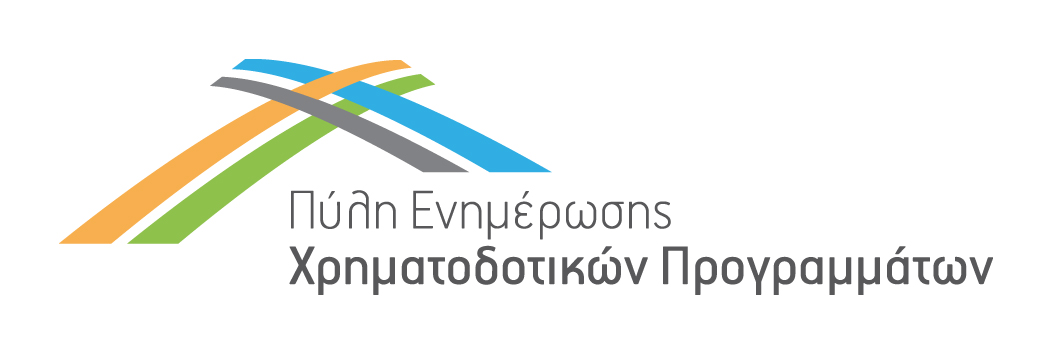Programme Category
Programme Name
Programme Description
Horizon Europe is the European Union (EU) funding programme for the period 2021 – 2027, which targets the sectors of research and innovation. The programme’s budget is around € 95.5 billion, of which € 5.4 billion is from NextGenerationEU to stimulate recovery and strengthen the EU’s resilience in the future, and € 4.5 billion is additional aid.
Identifier Code
Call
Summary
Building on existing open source models or on the opening of currently proprietary models, the project should develop and validate open source models of the components of the energy system and provide tools to integrate these component models into a system model to satisfy the (future) needs in a geographical area, thereby providing a planning tool for cost and emissions optimisation of the enhanced energy system at pan-European level. The aim is to better plan and optimise the expansion of the energy generation and transmission and storage systems to meet the (future) energy needs aggregated at a granularity level finer or equal to the NUTS2 level.
Detailed Call Description
The multi-physics component models is expected to model the cost (CAPEX, fixed and variable OPEX, economic lifetime) and technical performances (including GHG emissions) of the components, they should be parametrised to take into account the local climate and socio-economic characteristics of the geographical area where they will be located, as well as the time-dimension, such as the season and time of day. The component models should cover most of the components in the following list:
- Renewable energy sources: energy production units of several typical sizes, covering technologies, such as for example photovoltaic, concentrated solar power, solar thermal, geothermal, onshore wind, offshore wind, hydroelectric, tidal, wave, biogas, biomass. Modelling of their cost, GHG emissions, typical (average) production performance of the sources, taking into account (where applicable): the season (month of the year), time (hour of the day), geo-location (at NUTS-2 level), and other parameters that can affect cost/performance.
- Non-renewable primary energy sources (natural gas, coal, oil, uranium …): extraction, import; modelling of the cost, capacity, GHG emissions and geolocation.
- Non-renewable energy conversion: refineries producing fuels or hydrogen; modelling the cost and performance (including GHG emissions) of the conversion from the primary energy carrier to secondary energy carriers, including CCS where applicable.
- Non-renewable electricity production (coal, natural gas, oil, nuclear …): cost and performance of existing or new power plants, including CCS where applicable; modelling the transformation from the primary energy carrier to electricity (including GHG emissions).
- Renewable energy conversion: production of hydrogen and other renewable or low-emissions gaseous or liquid fuels; modelling of their cost and performances (power, efficiency …); modelling the conversion from the primary energy carrier to secondary energy carrier and by-products (O2, CO2, including GHG emissions).
- Energy storage models: stationary batteries (large scale and house), electric vehicle batteries, hydropower storage, thermal storage, methane storage, hydrogen storage … ; modelling of their cost and performances: power, efficiency, capacity, life expectancy, state-of-charge (for dynamic modelling), life cycle GHG emissions.
- Transport pipelines (including recompression stations): cost (per km) and performance (capacity, efficiency, GHG emissions) of existing and new natural gas, hydrogen, CO2 pipelines, district heating/cooling pipelines or of upgrading pipelines to admixtures of renewable gasses or to pure hydrogen or to CO2; as well as other infrastructure (e.g. LNG terminals) or logistics (e.g. transport by ship).
- Transmission power lines: cost (per km) and performance (capacity, efficiency), of existing or new power lines, or for upgrading existing power lines to higher voltage/capacity.
- Energy consumers: modelling of the energy use profile of typical consumers (industry, buildings, households, local heat networks, mobility and transport) for the different types of energy carriers, taking into account (where applicable): the season (month of the year, and associated average temperature), time (hour of the day), geo-location (at NUTS-2 level), and other parameters that can affect their energy use. Where applicable, the statistic variability of their performance should be given and power profiles should be generated, for running dynamic simulations when the component modules will be integrated into system modules.
A system modelling tool should be developed to integrate the models of the components located in a geographical area into a system model.
- Based on the system model, an optimisation and medium-long term grid planning tool should be developed to optimise the development pathways for renewable energy and other low emissions sources, storage and the enhancement of infrastructure, to meet the future energy needs in a geographical area, while minimising the total investment and operation cost, hence satisfying the future final uses of energy vectors of consumers, at lowest cost and climate impact.
- Visualisation tools should be developed to support the system modelling, the optimisation process and their results, notably in the format of dynamic energy heat maps.
The development of the models, simulation, optimisation and visualisation tools will be closely coordinated with Commission services (including the Joint Research Centre).
Call Total Budget
Financing percentage by EU or other bodies / Level of Subsidy or Loan
100%
EU contribution per project: €6,00 million
Thematic Categories
- Energy
- Research, Technological Development and Innovation
Eligibility for Participation
- Central Government
- NGOs
- Non Profit Organisations
- Researchers/Research Centers/Institutions
- State-owned Enterprises
Call Opening Date
Call Closing Date
National Contact Point(s)
Research and Innovation Foundation
29a Andrea Michalakopoulou, 1075 Nicosia
P.O.Box 23422, 1683 Nicosia
Phone Number: +357 22205000
Email Address: support@research.org.cy
Website: https://www.research.org.cy/en/
Contact Persons:
Mr Christakis Theocharous
Scientific Officer A’
Contact Phone: +357 22 205 029
Contact Email: ctheocharous@research.org.cy
Mr George Christou
Scientific Officer
Contact Phone: +357 22 205 030
Contact Email: gchristou@research.org.cy
(Publish Date: 04/11/2021-for internal use only)
EU Contact Point
European Commission, Directorate-General for Research and Innovation
https://ec.europa.eu/info/departments/research-and-innovation_en#contact




